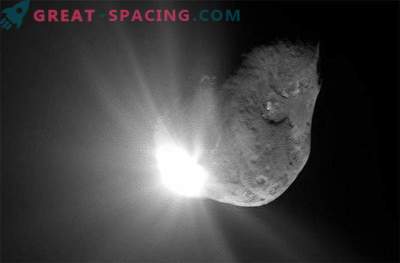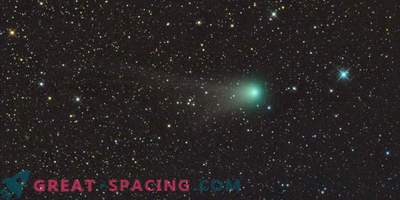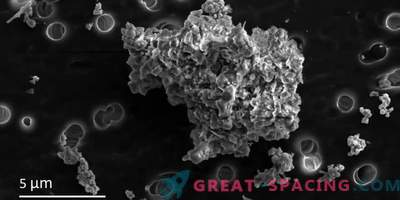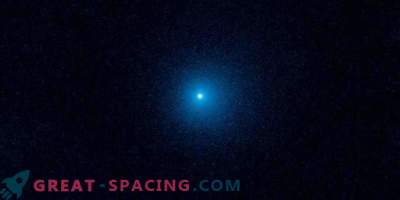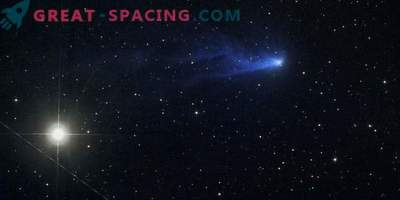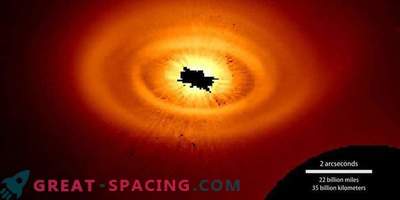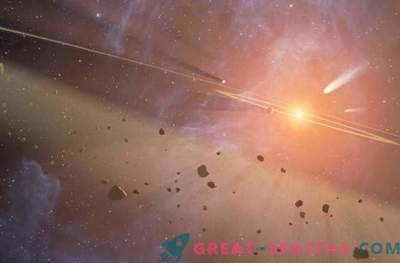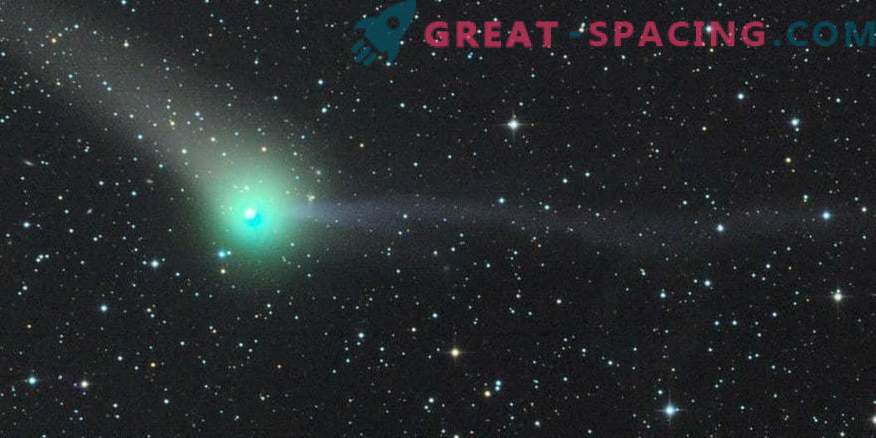
Comets are an important key to the early stages of the formation and evolution of our system. Every few years, new comets from the Oort cloud appear, making the first flight through the internal system. These are rare opportunities to explore a special comet class.
The SOFIA device was able to consider C / 2012 K1. In 2012, it was first noticed at the Pan-STARRS observatory. Such objects are not affected by heat heating and solar radiation, therefore, they retain their primitive nature. These are ideal targets for the study of ancient gas and dust particles.
Scientists used the shortwave and longwave chambers of the SOFIA telescope to capture the light emitted by the cometary coma. These observations help to understand the parameters and composition of dust grains, as well as the classification of thermal properties.
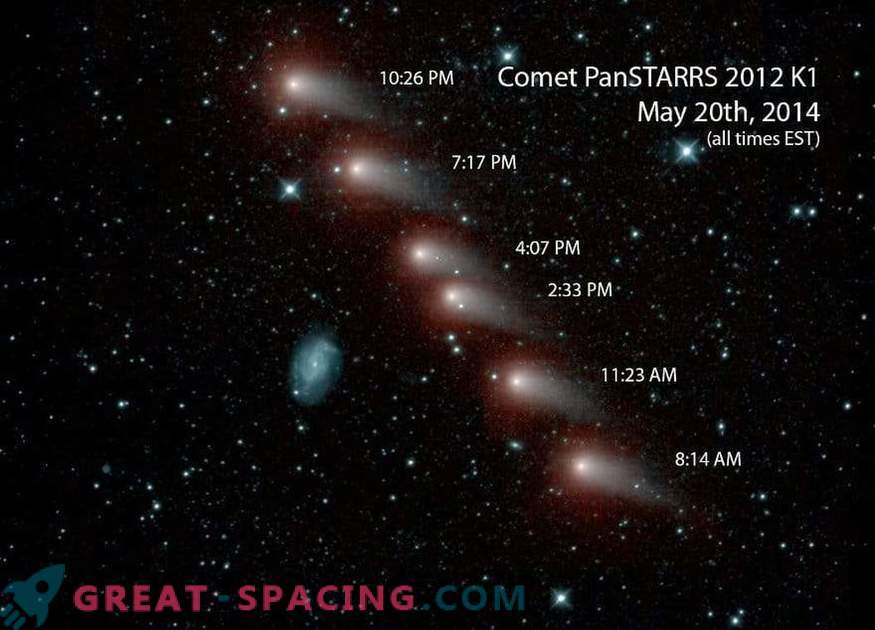
To everyone's surprise, the analysis showed a hint of weak silicate emissions. After comparing with models and previous reviews of other similar objects, the scientists came to the conclusion that the dust grains of a coma are carbon, not crystalline silicate. This casts doubt on today's theoretical models for the formation of Oort cloud comets.
Comets are made of materials that do not fall into the planets, so the study of the emitted dust will help to understand the evolutionary path and the emergence of the solar system. Direct samples managed to get with the missions Rosetta and Star Dust. The researchers hope that they will be able to deal with the mysterious composition with the launch of the telescope of James Webb.
